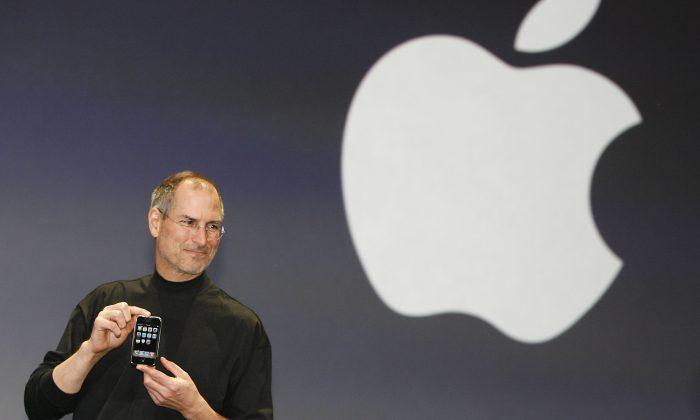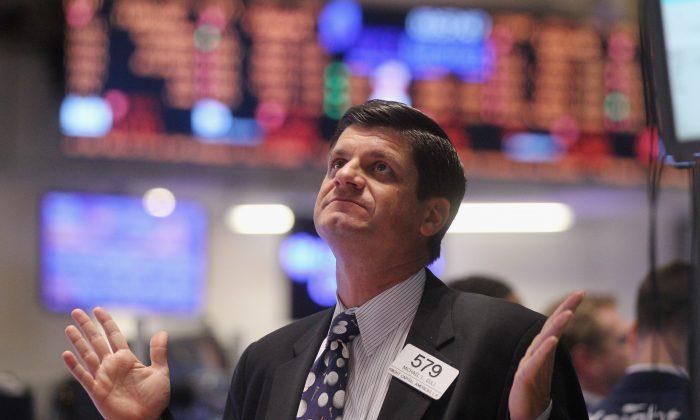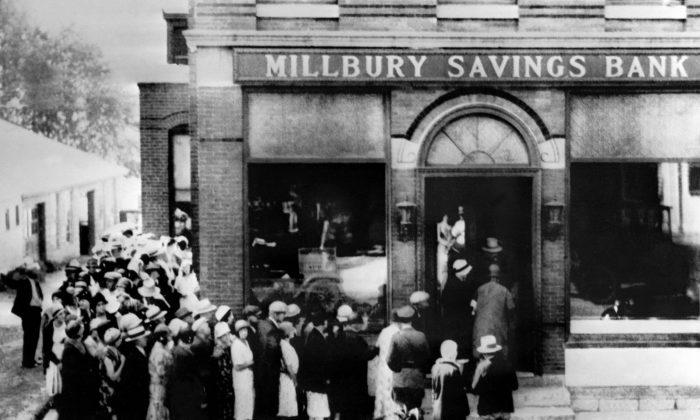People do not know what they might buy until they see what has been produced and brought to market at what prices.
Most people derive their incomes from their employment, so they must be employed producing things before they know how much they can spend. Contrary to mainstream economic theory, both producers and consumers rely a lot more on trial and error than on mathematical precision.
Producers must make decisions on what to produce prior to knowing what might eventually be bought. They might be wrong, in which case markets are in disequilibrium, requiring either price or production to be adjusted according to consumer demand, which is not well-known in advance.
A celebrated genius of design and marketing, Steve Jobs, for example, made several horrendous misestimates of consumer demand for several personal computer models before he finally had a runaway hit with the iPod and the iPhone. It is obvious to everyone except economists that the price of the Macintosh PC was set by production and marketing costs long before a single computer was sold, and extremely weak consumer demand became evident.
Producer Power
Only after producers determine price, investment capacity, production rates, and marketing campaigns do consumers begin to have their say. But even as the sales figures start to flow in, real producers can still adjust price or production rates.Producers make this decision, not consumers. If sales are booming, producers might increase output or increase price. Likewise, if sales disappoint projections, producers still have a choice to cut production or lower price. They are not constrained to do one or the other.
Modern textbooks deny producers this vital strategic choice by sleight of hand, simply with the order in which topics are presented.
Classical economy theory is not so deceptive. By presenting supply before production and costs, modern textbooks implicitly assume that the quantity available for sale in the marketplace is predetermined. The only thing suppliers (who are not yet producers) decide in the earliest textbook version is whether to sell at the market price or hold onto their goods for personal use or later sale if the price might move in their favor. This has little to do with real capitalism.
In fact, when textbooks finally arrive at “the theory of the firm” and treat producer costs (of course never with real data), the supply curve gradually disappears. The magically disappearing supply curve, which exists long enough to show that consumer choice is what really matters, then disappears as we “discover” in the theory of the firm how constrained and nonstrategic free-market producers supposedly are.
Mathematical Nonsense
A theoretical free market, as presented by textbooks, gives producers no choices. Since more advanced mathematical general equilibrium models assume markets are always in equilibrium, all points on the imagined supply curve other than the equilibrium point are irrelevant anyway.If you are not completely confused at this point in the typical microeconomic textbook, you are not the typical student. Such confusion is understandable because the entire convoluted argument is absurd and unnecessary unless you are determined to “prove” that market economies are always stable, efficient, and fair. Absent the burden of that ideological agenda, economics is much more direct, sensible, and empirically consistent.
Mainstream economists do not encourage the study of real cost curves, because they prefer to assume the truth rather than discover it. But a few critical studies have looked at actual cost curves and found that the textbook case is very unlikely, just as Sraffa argued.
In fact, producers have and should have a lot of power to react to changing circumstances. There is no such thing as markets free of private power. Efforts to pretend the contrary lead only to the illogical and unempirical economics that dominate textbooks today.






Friends Read Free